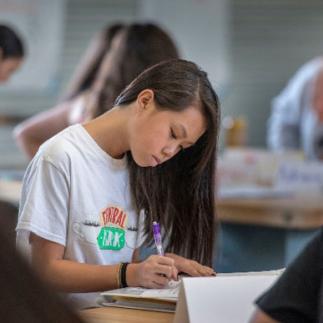Continuous Improvement

Summary
Creating continuously improving education systems could be the antidote to one-off education reforms that come and go with little to show for the effort. The strategy has been picking up steam in recent years, urged on by the federal Every Student Succeeds Act (ESSA); the California Department of Education; and the Bill & Melinda Gates Foundation, which recently announced that it is earmarking 60 percent of its $1.7 billion investment in education during the next five years to support school improvement networks.
Continuous improvement in education evolved from decades of similar efforts in industry and health care that resulted in significant improvement in outcomes and efficiency. What distinguishes continuous improvement from other reform strategies is its focus on the underlying architecture of the system that is producing undesirable outcomes (e.g., low graduation rates, high suspension rates, English learner performance gaps). Continuous improvement engages multiple stakeholders (e.g., teachers, administrators, operational staff, parents) in disciplined problem-solving to discover, implement, and spread evidenced-based changes that work locally to improve student success. Education organizations that have invested in continuous improvement approaches have been able to provide early examples of the advantages of this approach in education.
The two reports summarized in this brief describe continuous improvement and what it looks like in practice, examine the current state of continuous improvement efforts in California, explain the challenges and barriers facing districts trying to get it going, and offer some policy ideas to smooth the way.
KEY FINDINGS
- Continuous improvement is not business as usual.
- When it’s well understood and appropriately applied, a continuous improvement approach can improve education quality.
- Educators, researchers, and education organizations in California see continuous improvement as central to enduring education transformation, but it is still in a nascent stage.
- Continuous improvement requires an initial significant investment in time and money to make it a reality.
- California’s data systems are not adequate for helping districts monitor progress toward specific goals.
- More training and coaching are needed to build expertise so California can achieve continuous improvement throughout the state.
Technical Report
Towards a Common Vision of Continuous Improvement for California
G Grunow, A., & Hough, H. J. (2018, September). Getting down to facts II: Continuous improvement [Policy brief]. Policy Analysis for California Education. https://edpolicyinca.org/publications/continuous-improvement



